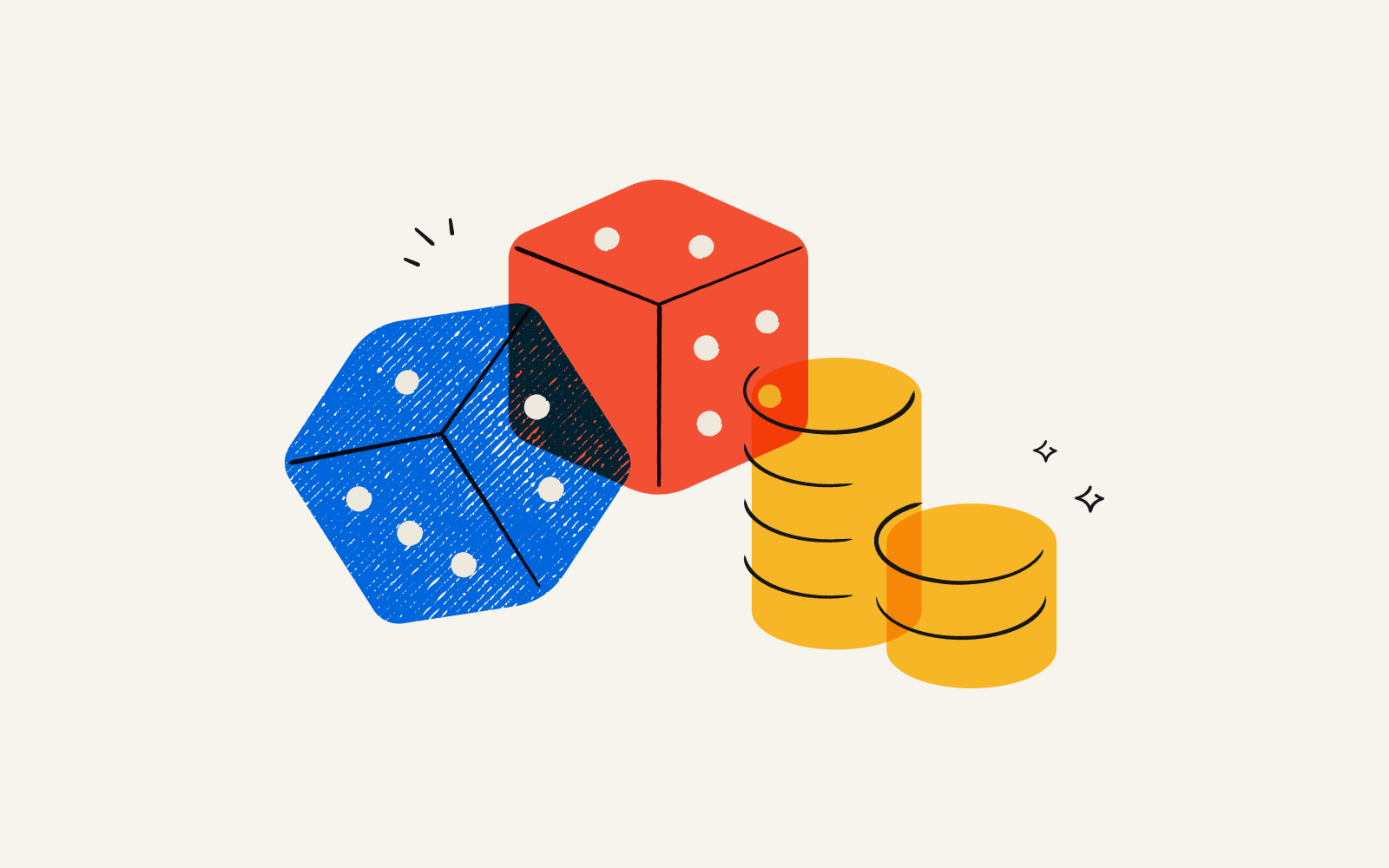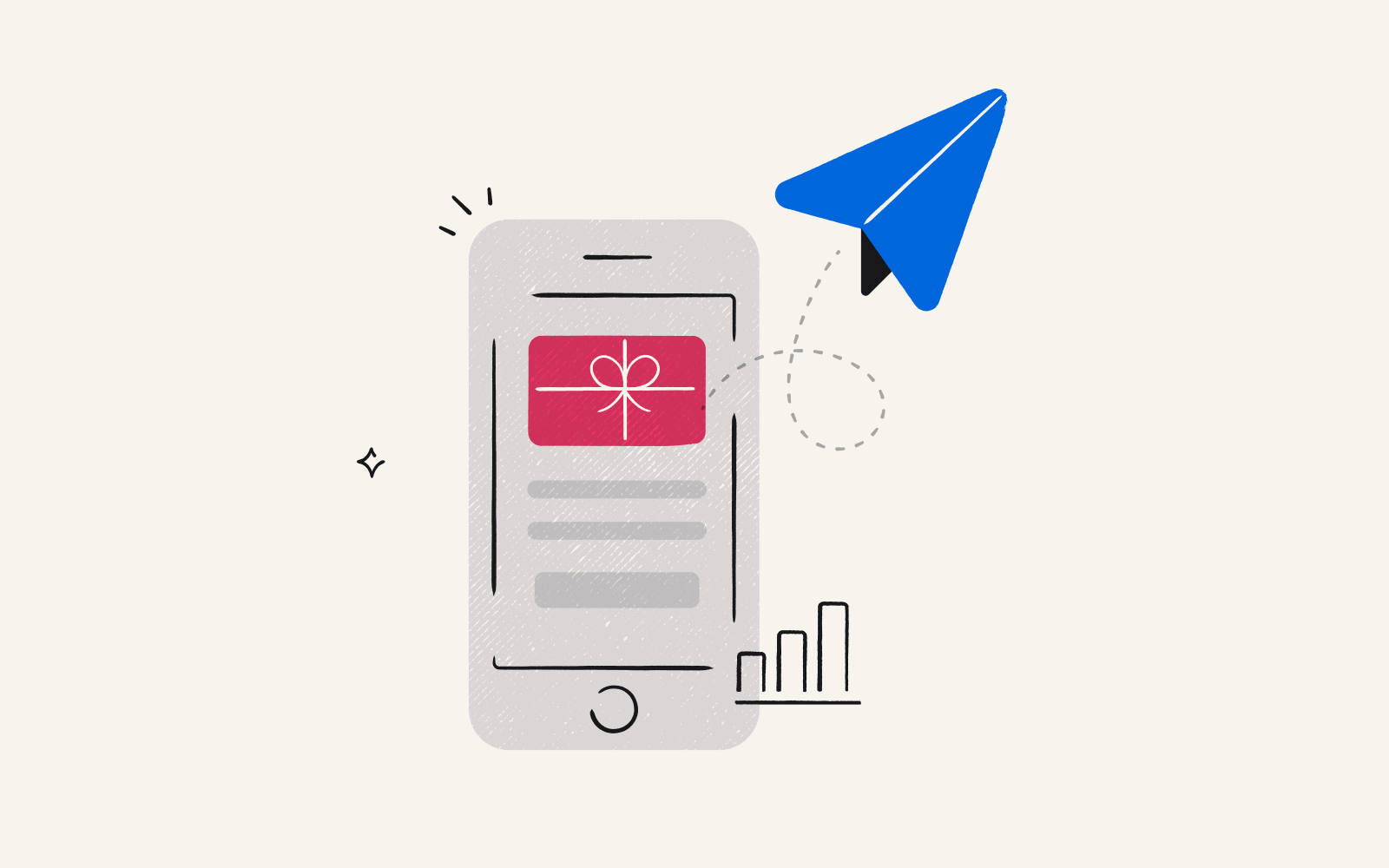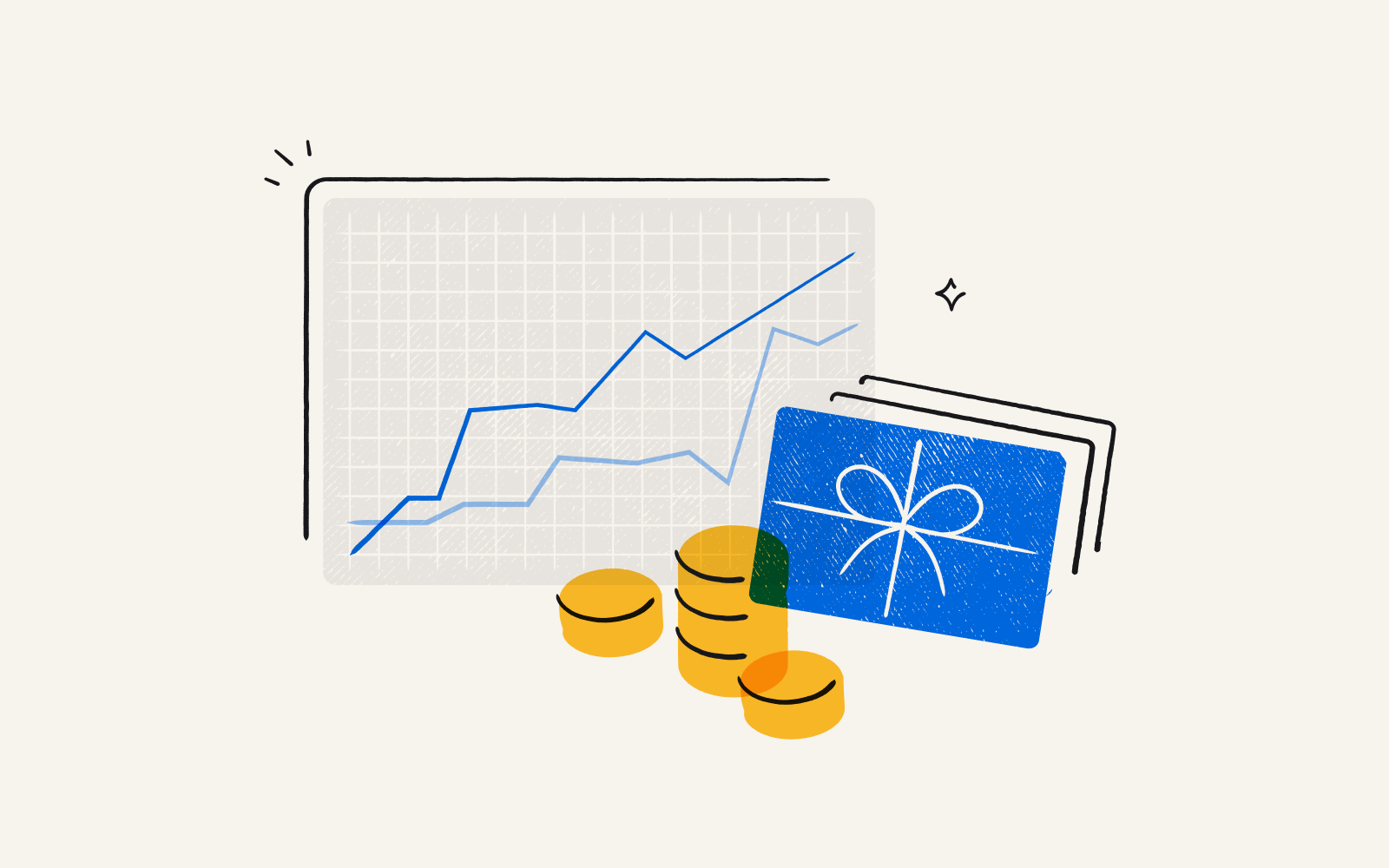Does gamification marketing really work? What we learned.
By Kate Monica|5 min read|Updated May 30, 2024

Typically, anywhere between 2% to 5% of people who visit a company’s website will submit their email address to become a lead. Gamification marketing can increase that number to 55%.
It almost sounds too good to be true. But this is one of several surprising stats we uncovered after digging into the real ROI of gamification with BeeLiked, a gamification platform built for marketers.
BeeLiked cofounder Damian Dutton walked us through how gamification marketing can be an effective way to help businesses achieve a number of goals, from increasing lead generation to boosting sales to securing customer loyalty.
In this article, we’ll run through what gamification marketing is, its potential use cases, and the ROI of a gamification marketing campaign.
What is gamification marketing?
Gamification marketing has been a popular way to increase lead generation and boost customer loyalty since around 2010.
The concept is simple: gamification marketing is a marketing promotion that borrows design elements from games to entice prospects and customers to engage.
It builds on other marketing strategies to make them even more attractive. For example, say you’re offering a discount. You could post a banner on your website that says, ‘get 15% off your next order.’
Or, you can gamify the promotion. The banner could instead read, ‘spin the wheel for a chance to win 15% off your next order.’ It’s more fun, and a bit more active.
Gamification marketing takes many forms, but at its core it’s a way of driving engagement by introducing elements of competition, luck, and mystery.
Popular digital gamification promotions range from digital scratch tickets and slot machines to ‘spin the wheel’ and ‘unwrap the gift’ challenges.
The type of game you choose doesn’t really matter. You could ask customers to correctly answer a pop quiz to win, or leave it all to chance by prompting them to open a mystery box with their reward inside.
What matters is that the prize itself is appealing, and the game is engaging, simple, and user-friendly.
Use cases for gamification marketing
Marketers can gamify just about anything. It’s a versatile tool that can be modified to suit nearly any goal your team may have.
Here are a few ways your team can use gamification marketing to hit your goals:
Lead generation: If your goal is to get more customer emails to enter them into a nurture campaign or keep them updated on company news and promotions, gamification marketing can help. Offer customers a chance to win a discount, free products, or gift cards in exchange for their email address.
Collect customer data: Prompt customers to share their data, like name and email address, in a way that complies with GDPR and CCPA in order to get access to the game.
Drive conversion: Reward winning potential customers with coupons, discounts, rebates, and other marketing promotions. Offering product promotions as rewards gives prospects the thrill of winning while positioning them to make future purchases.
Increase sales: Gamify sales incentives or SPIFF programs to motivate your internal sales teams to hit their quotas.
Boost customer loyalty: There are a couple options here: you can give loyal customers an exclusive chance to win with a game only available to those who have already made a purchase. Or, you can give prospects and customers a chance to win if they sign up for your loyalty program.
These are just a few examples of the ways marketers can use gamification to win new customers or get more value from the ones they already have.
The ROI of gamification marketing
The logic underlying gamification is straightforward. People like playing games. People engage with things they like. If companies integrate games into their marketing campaigns, people will be more likely to interact with them.
In theory, gamification makes sense. But how does it play out in practice?
We wanted to find out. So we chatted with Damian Dutton, cofounder of BeeLiked, to see how gamification has benefitted the real companies BeeLiked has worked with.
“When we’re looking at the difference gamification makes, there are few key metrics that stand out for us,” said Damian.
Specifically, BeeLiked’s clients have derived significant value from using gamification to increase lead generation, marketing opt-in, and product sales.
Lead generation & marketing opt-in
Across the board, BeeLiked’s enterprise clients see a conversion rate of 55%.
This conversion rate represents the number of unique visitors compared to those who complete entry into a marketing promotion. It stands in stark contrast to the industry standard of 2% to 5%.
This year, the Clermont Hotel Group ran a birthday-themed ‘unwrap the gift’ promotion. To date, there have been 12,918 unique visitors to the promotion page, and 10,064 entries. That’s a 78% conversion rate.
“What’s interesting about this promotion is that everyone that enters goes into a sweepstakes to win a grand prize of a two-nights stay, but they also have the chance to instantly win prizes of 15% off future bookings,” said Damian. “They could also win a free afternoon tea for two vouchers.”
“While driving direct bookings is the key motive of this promotion, the main reason The Clermont Group is running these promotions is to collect GDPR compliant opt-in marketing permission.”
Nearly half of all customers who land on the promotion page opt in for a chance to play the game.
Product sales
Wholesale insurance group Victor Insurance used gamification to reward its distributed sales teams in a cost-efficient way.
While SPIFFs and guaranteed incentives are an effective method for motivating teams to hit their goals, they may be cost-prohibitive for some companies.
Contests and games that only award some participants rather than all are a lot more budget-friendly. Businesses may not be able to afford to give a workforce of 500 people $10, but they can give 10 lucky winners $150.
Plus, higher prizes with few winners are a lot more enticing than lower prizes for all.
“Psychologically, it sounds much better to be given the chance to win $150 than to know you’re just getting $10,” said Damian.
In the same way that sweepstakes are a cost-conscious alternative to guaranteed incentives, gamified SPIFFs and sales incentives are an engaging alternative to sending all top-performers the same incentive amount.
“Simply by setting the winning probabilities on the games, almost 4 times the number of people get the chance to play and be rewarded than would have been the case if they'd set a reward value that everyone received,” said Damian.
“Gamification can stretch a budget to reward so many more people at the same or lower cost,” he added.
Conclusion
Gamification is yet another tool companies can add to their arsenal when they need to quickly increase leads, sales, or customer engagement.
There are dozens of ways to design gamification marketing campaigns, and thousands of different ways to reward prospects and customers for playing.
The key is to use a gamification partner that makes it simple, fun, and intuitive to play. It’s equally important to find a gamification partner that allows prospects and customers to cash out their reward instantly, and in whatever format they prefer.
Ready to supercharge your marketing initiatives? Chat with our team to find out more, or sign up today and send your first bonus in minutes.
Published May 30, 2024
Updated May 30, 2024


